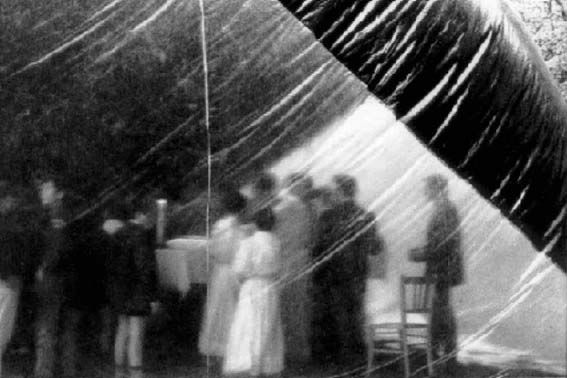Un proyecto insólito
La iglesia efímera de Montigny-Sur-Lès-Cormeilles (1969)
DOI:
https://doi.org/10.17979/aarc.2011.2.2.5061Palabras clave:
Inflable, iglesia, arquitectura efímera, Montigny-Sur-Lès-Cormeilles, siglo XXResumen
A finales de los años sesenta, las estructuras inflables suscitaron un extraordinario interés, en particular, por sus posibles aplicaciones en el campo de la creación arquitectónica, incluida la arquitectura religiosa.
Llevado por su pasión hacia este sistema constructivo, el arquitecto de origen alemán Hans-Walter Müller costeó la creación de una iglesia «gonflable» para el municipio francés de Montigny-lès-Cormeilles. A pesar de su efímera vida útil, reducida a un único fin de semana estival, el proyecto dio mucho de qué hablar en Francia.
La instalación de un lugar para el culto, en el que su construcción y desaparición debían desarrollarse en un corto espacio de tiempo, convirtió este episodio en un acontecimiento singular. De hecho, las estructuras inflables poseen características que las sitúan en las antípodas de la construcción tradicional: estable, pesada, sólida y perenne. Prolongando el espíritu del arte cinético, al que Müller estaba muy vinculado, esta realización le permitió poner en práctica las investigaciones acerca de la arquitectura nómada, ligera y de fácil instalación que venía desarrollando desde 1963.
En la comunicación se concretarán los objetivos que guiaron la construcción de la iglesia de Montigny-lès-Cormeilles, así como su proceso de ejecución, las reacciones de sus usuarios y la cuestión de la inmaterialidad.
Asimismo, se analizará la importancia que esta realización adquirió en la difícilmente clasificable trayectoria de su autor.
Descargas

Descargas
Publicado
Número
Sección
Licencia

Esta obra está bajo una licencia internacional Creative Commons Atribución-NoComercial-CompartirIgual 4.0.















